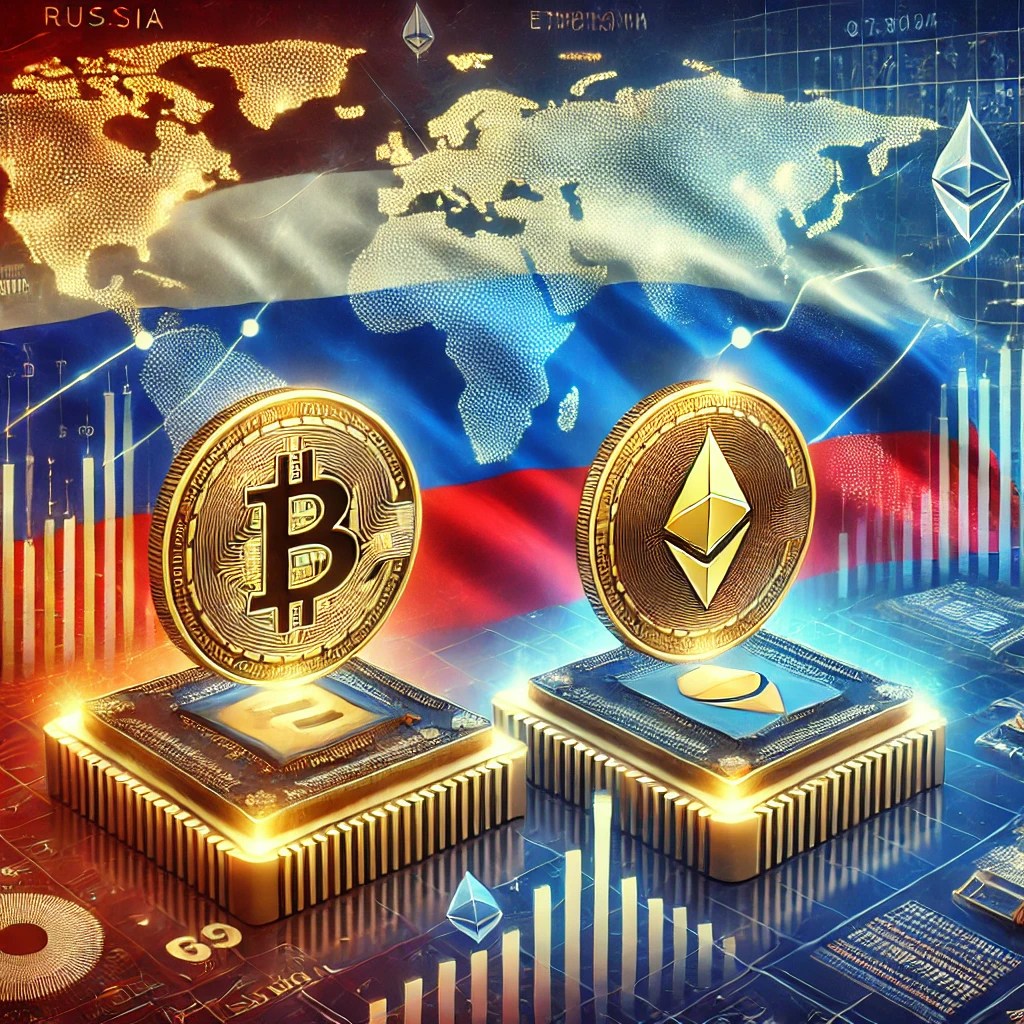To boost its foreign economic activity (FEA), Russia plans to launch two major cryptocurrency exchanges in its region, one in Moscow and the other in St. Petersburg.
According to the report, the move highlights Russia’s “strategic” move to integrate digital assets into its economy. It focuses on creating and using stablecoins pegged to the Chinese yuan and the BRICS basket of currencies.
As stated, the aim is to “foster” economic cooperation between the BRICS countries (Brazil, Russia, India, China and South Africa) while advancing the country’s “de-dollarization” efforts.
2 Russian Crypto Exchanges on the Horizon – Details
Russia’s initiative to launch new cryptocurrency exchanges is aimed at creating a new platform for digital transactions, especially as international sanctions have limited the country’s financial transactions on the global stage.
One of these exchanges will likely use the existing infrastructure of the St. Petersburg Currency Exchange (SPCE) to support foreign economic activities.
Based in Moscow, the other could either expand the current configuration of the Moscow Exchange or be developed as an entirely new entity in a controlled legal environment.
The focus on stablecoins – cryptocurrencies tied to a reserve of assets such as national currencies – signals Russia’s intention to develop a more “robust” financial system that reduces its reliance on the U.S. dollar.
Despite these ambitious goals, however, several obstacles could hamper the effective deployment of the cryptocurrency exchange project in Russia. One of the main problems is the technological challenge of integrating stablecoins into the Russian blockchain infrastructure.
Oleg Ogienko, CEO of BitRiver, noted that stablecoins function more like cryptocurrencies than traditional financial assets due to their legal characteristics.
This similarity could lead to “complications in terms of convertibility, liquidity and security,” which could jeopardize the “smooth” adoption of stablecoins in Russia.
Challenges and risks of implementing the Russian cryptocurrency exchange initiative
Beyond technological challenges, regulatory issues also pose significant hurdles. Russian Federal Law No. 259, which regulates the issuance and circulation of digital assets, provides the legal framework for digital financial activities.
However, this legislation does not explicitly cover the creation or regulation of cryptocurrency exchanges. Yaroslav Schitzle of Rustam Kurmaev and Partners pointed out the lack of a clear and consistent legal structure for launching and operating cryptocurrency exchanges under current Russian legislation.
The recently introduced experimental legal regime (ELR) could provide a legal basis for these new exchanges, but it still needs to be tested in this specific context.
The rollout of these cryptocurrency exchanges is expected to be gradual, initially allowing access to a limited group of users, such as subsidiaries of major exporters and importers.
Mikhail Uspensky, a member of the State Duma expert council on cryptocurrency legislation, noted that small and medium-sized businesses or individual users are unlikely to gain unlimited access in the initial stages.
He also warned of potential risks associated with sanctions, particularly the transparency inherent in blockchain technology, which could expose details of transactions and lead to serious repercussions for those involved.
Moreover, some doubt the attractiveness of these national platforms. Nikita Vassev, founder of TerraCrypto, questioned the attractiveness of the new platforms, suggesting that they could be used only by those who have no other alternatives.
Vassev argued that most users would likely continue to favor established, globally recognized trading platforms unless no other options were available.
Featured image created with DALL-E, chart by TradingView




